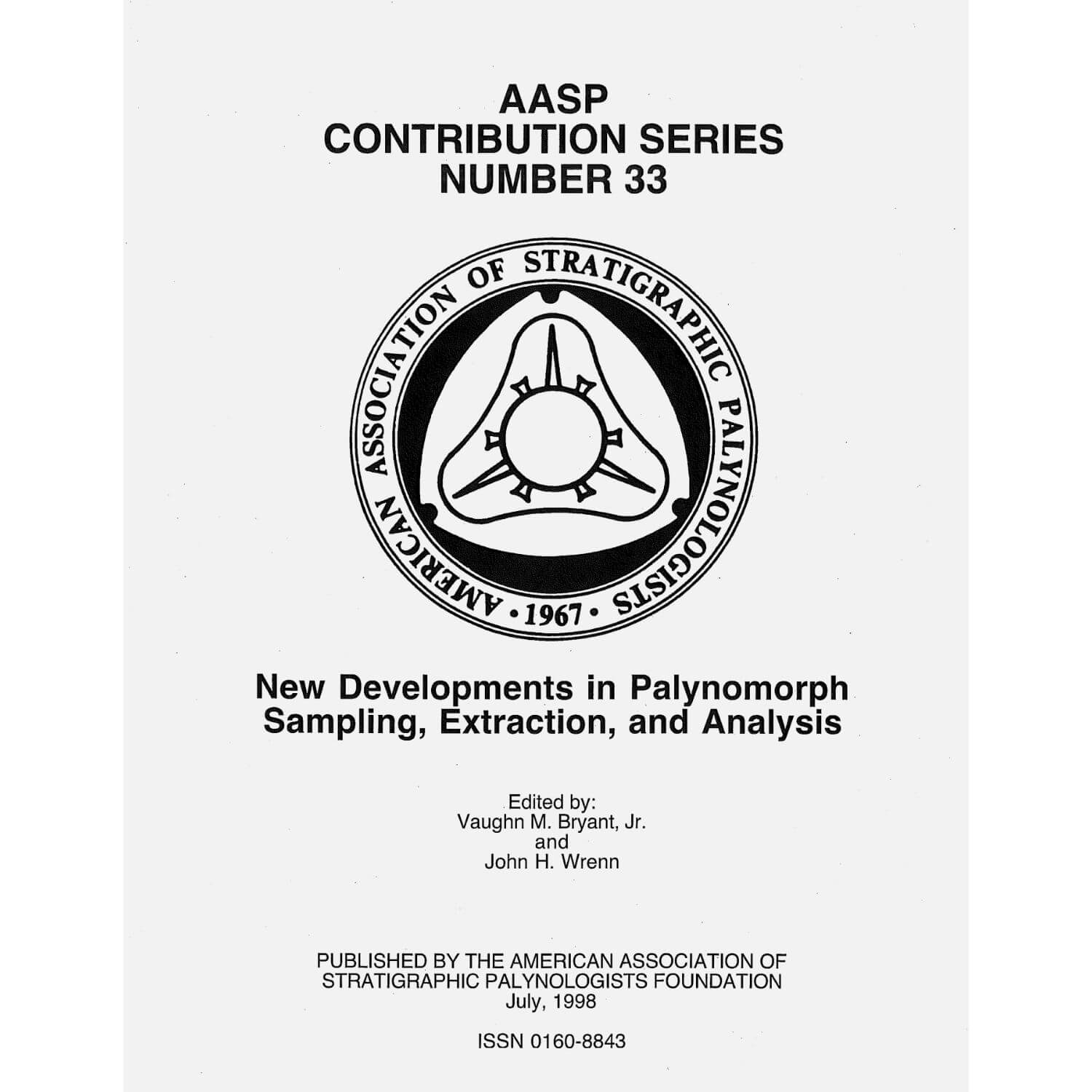Contributions Series Nr. 38
$13.00 – $15.00
Acritarch Microfloral Succession from the Late Cambrian and Ordovician (Early Tremadoc) of Random Island, Eastern Newfoundland, and its comparison to coeval microfloras, particularly from the East European Platform
M. Grace Parsons & Michael M. Anderson
2000
PDF & Hardcopy available
128 pp.
Description
Abstract
Deposition during late Middle Cambrian through Ordovician (early Tremadoc) consisted of black and grey-black shales intercalated with thin to thick siltstones and fine grained sandstones. This succession exposed in the coastal cliffs of Random Island, southeastern Newfoundland, is hundreds of metres thick. Acritarchs and trilobites from the upper part of this sequence have been studied, and seven acritarch microfloras, three of which are subdivided, are described from Upper Cambrian strata belonging to the upper part of the Parabolina spinulosa Zone, the Peltura zones,and the Acerocare Zone, and from lower Tremadocian strata of the Rhabdinopora flabelliformis Zone.
The Trunculumarium revinium -Dasydiacrodium caudatum microflora (RA4), and the Orthosphaeridium? extensum-Acanthodiacrodium sp. B microflora (RAS), are in part equivalent to microfloras A4 and AS previously described from Random Island. Microfloras RA6 to RA9 have not hitherto been fully described from Random Island. The Acanthodiacrodium snookense- Calyxiella izhoriensis microflora, RA6, is dominated, in its lower part, by Acanthodiacrodium snookense sp. nov. and in its upper part, by Calyxiella izhoriensis. The I. adogella rotundiformis -Poikilofusa squama microflora, RA7, is characterized chiefly by the appearance of Arbusculidium sp. cf. A. polypus in its lower part and I. adogella? intermedia sp. nov. in its upper part. The Ooidium? clavigerum – Striatotheca? randomensis microflora, RAS, is largely dominated by Ooidium? clavigerum sp. nov., and the Ooidium rossicum-Nellia acifera microflora, RA9, is characterized by the two eponymous taxa. The youngest microflora, that of Nellia? longispinata – Nellia sukatschevii (RAIO) is partially equivalent with microflora A6 of Martin but is redefined in light of new taxa presented here and modified ranges of species previously reported from the sequence. Species of the genus Nellia are conspicuous in this microflora, and the appearance of Acanthodiacrodium angustum distinguishes its upper part, which is in Tremadocian strata.
Seven new species of acritarchs are described: Acanthodiacrodium snookense, lmpluviculus? bibulbulus, Ladogella? intermedia, Orthosphaeridium? extensum, Nellia? longispinata, Ooidium? clavigerum, and Striatotheca? randomensis. Other new species are described but left in open nomenclature.
The Random Island microfloras, in part, are similar to acritarch assemblages described from western Europe and Algeria but show a remarkable similarity to microfloras described from the East-European Platform. The description of these additional microfloras from Random Island has necessitated a re-correlation of the European and Newfoundland acritarch microfloras and a reevaluation of Late Cambrian-earliest Ordovician acritarch biostratigraphy.
